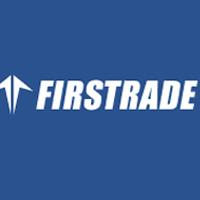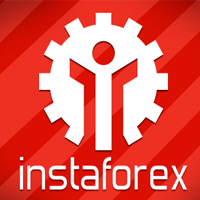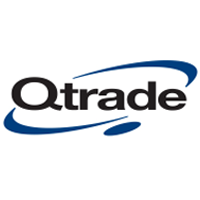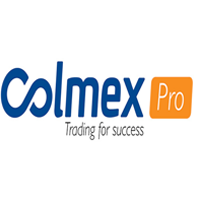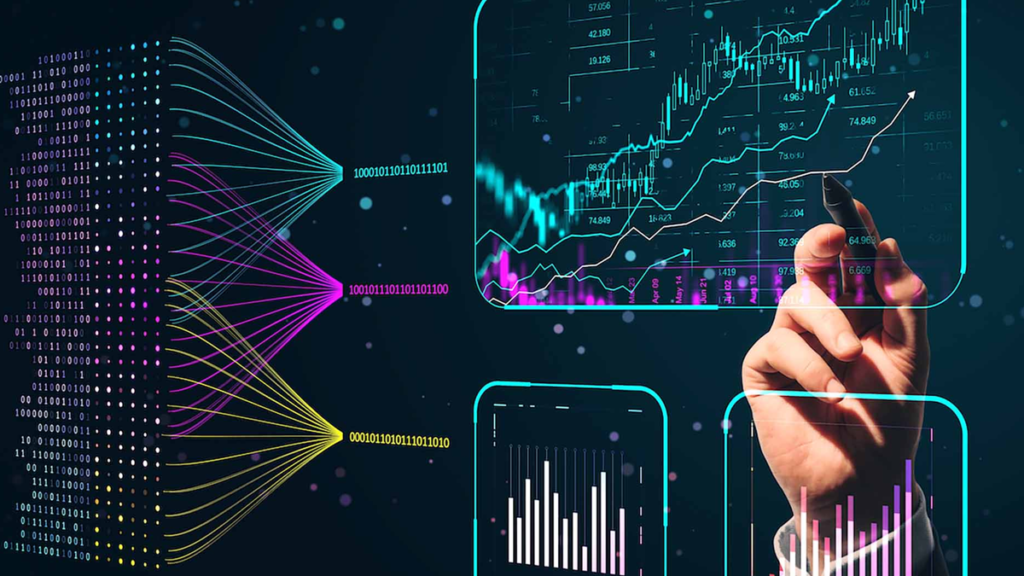
Automated trading, also known as algorithmic trading, has gained significant popularity within trading communities. With advancements in technology, automated trading systems have become more accessible to traders of all experience levels. What was once considered complex and exclusive to institutional investors is now available to individual traders through automated trading software, making trade execution faster and more efficient than ever before.
According to research, nearly two-thirds of the top forex brokers now offer automated trading software to their clients. While most of these platforms support high-frequency trading (HFT), some may not provide this feature. Instead of listing specific high-speed trading brokers, this article will guide you on how to find them and explain how trading automation works, helping you make informed decisions.
Integrating state-of-the-art technology with ECN pricing and a vast array of products on offer, FPMarkets is a genuinely top destination for every type of trader. You can trade Forex, Cryptocurrencies, Equities, Metals, Commodities, Futures and Index CFDs with super user-friendly platforms. Founded in 2006, FxPro is a global forex and CFD broker with a great degree of trust, as confirmed by 90+ international awards and an official partnership with the McLaren F1™ team. IC Markets is best known for having some of the tightest spreads in the world. In fact, our EURUSD spread has been the lowest in the world for almost two years, averaging 0.1 pips 24/5. IC Markets is able to offer market leading pricing and trading conditions through its platforms by providing clients with True ECN connectivity. XtremeMarkets has built a solid reputation since 2015 by following three guiding principles: fairness, reliability and transparency. Internationally recognized by its industry peers and clients as one of the world’s largest and most client-centred broker companies Axi is an award-winning forex brokerage service, which has been operating in 100 countries and providing service to 42,000 traders. However, Axi changed its name in October 2020, which was known as AxiTader from the beginning.
Working Procedure
Just like any profession that combines strategy and technology, automated trading follows a structured process to execute trades efficiently. Below is a step-by-step guide on how it works:
1. Developing a Proper Strategy
Building a robust trading strategy is the foundation of automated trading. While many platforms offer pre-built strategies, creating a custom strategy tailored to your trading style and risk tolerance provides better long-term results.


However, designing a winning strategy for automated forex trading is one of the most challenging aspects of the process.
2. Understanding the Technology Stack
Once a strategy is developed, selecting the right technology is crucial for building an effective automated trading system. This includes:



3. Setting Trading Parameters
Once your automated trading system is set up, you need to configure trading parameters based on your risk tolerance and strategy.



Once configured, the system will execute trades even when you’re not in front of the computer.
Types of Trading Algorithms
1. Execution Algorithms
Used for large investments, these algorithms optimize order execution to maximize returns.



2. Arbitrage Algorithms
Arbitrage bots identify and exploit price differences across markets.


For example, an automated system can detect a price difference between a currency pair in the spot market and futures market, allowing traders to capitalize on inefficiencies.
3. Trend-Following Algorithms
These algorithms follow technical indicators such as:



They automatically execute buy or sell orders based on trends and price movements.
4. Scalping Algorithms
Scalping bots take advantage of small price movements within short time frames.



This approach is suitable for traders looking for quick profits with minimal risk per trade.
 Pros of Automated Trading
Pros of Automated Trading
Technology always supports us with advantages, and an automated trading system is like that too. Follow our lead for the advantages of automation.
1. Backtesting: Evaluating Trading Strategies
Backtesting involves analyzing a trading strategy using historical market data to evaluate its effectiveness before deploying it in live trading. This process helps traders:
✅ Understand how a strategy would have performed under past market conditions
✅ Identify potential weaknesses and optimize performance
✅ Reduce risks by testing strategies before committing real capital
A common misconception is that backtesting is only useful for forex trading—however, it can be applied to stocks, cryptocurrencies, commodities, and other financial instruments.
For example, suppose you want to predict oil prices based on an upcoming event like a recession or geopolitical conflict. Automated tools will analyze historical data from similar past events, generating a prediction and suggesting a trading strategy. This approach minimizes risk by relying on data-driven insights rather than speculation.
2. Objectivity: Removing Emotional Bias
Manual trading requires constant focus and decision-making, which can lead to stress, distractions, and emotional trading mistakes—especially in highly volatile markets like forex.
✅ Automated trading ensures disciplined execution of strategies
✅ Eliminates emotional decision-making such as fear or greed
✅ Allows traders to manage multiple instruments without losing focus
By automating trades, traders can stay objective and strategically execute trades without being influenced by emotions.
3. Speed and Convenience: Maximizing Trading Opportunities
Speed is a crucial factor in achieving optimal trade execution. Automated systems:
✅ Scan the market continuously for favorable trading conditions
✅ Execute trades instantly when pre-defined conditions are met
✅ React faster than manual trading, helping traders capitalize on sudden market movements
Since markets fluctuate rapidly, automated trading provides a competitive advantage by reacting to changes much quicker than human traders.
4. Eliminating Human Error
Even the most experienced traders are prone to mistakes, whether it’s misplacing an order, miscalculating risk, or making impulsive decisions.
✅ Automated trading executes trades with precision, following predefined rules
✅ Eliminates manual input errors that can result in costly mistakes
✅ Reduces the impact of human emotions, such as panic selling or overtrading
By removing human interference, automated trading ensures a consistent and error-free approach to executing trades.















